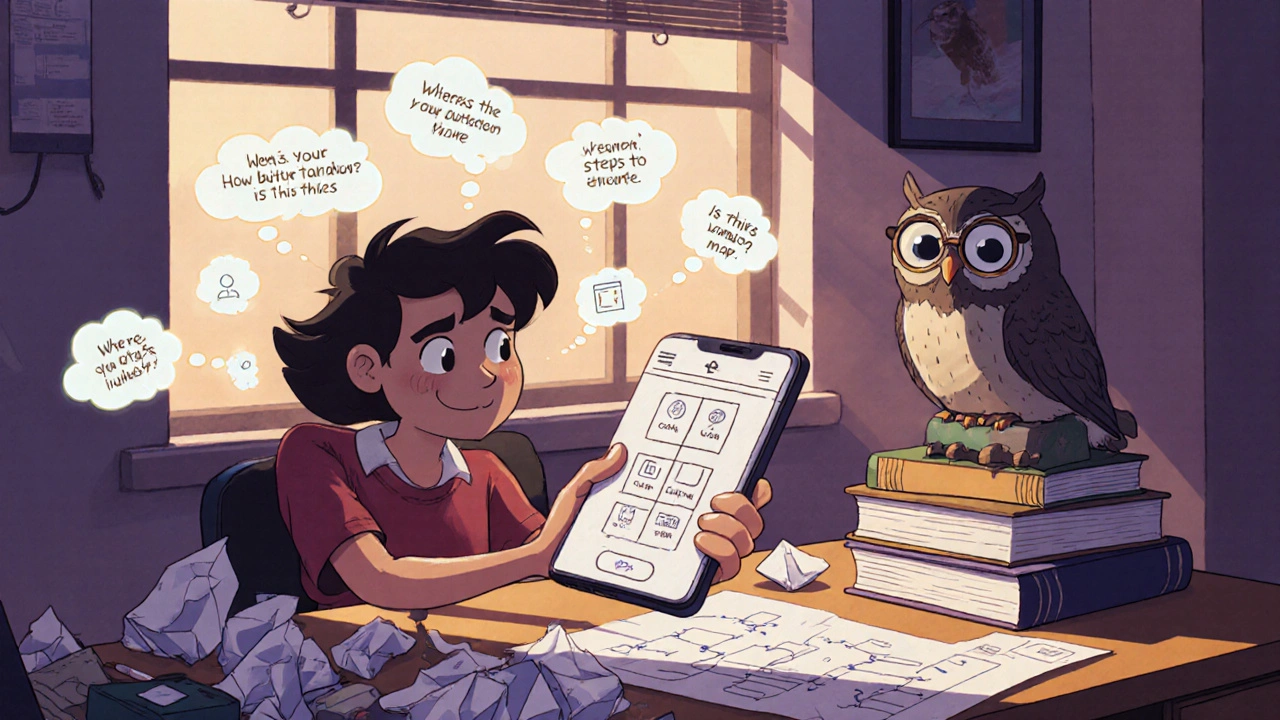UI/UX Learning: Design Skills That Make Online Courses Work
When you're learning something new online, UI/UX learning, the practice of designing digital learning experiences that are intuitive, engaging, and user-centered. Also known as user experience design for education, it's what separates courses you finish from ones you quit after five minutes. It’s not about flashy animations or fancy buttons—it’s about reducing friction. If a learner has to guess where to click, how to progress, or why a lesson matters, they’ll walk away. Good UI/UX learning makes the path clear, the goals obvious, and the process rewarding.
This kind of design directly connects to instructional design, the science of structuring content so it sticks. You can have the best curriculum in the world, but if the interface is confusing, learners won’t reach the lessons. That’s why top course creators treat UI/UX like a core skill—not an afterthought. It’s also tied to online learning, the delivery of education through digital platforms. Platforms like Thinkific, Kajabi, or even custom LMS systems need to feel seamless. Think about it: if a student can’t find the quiz, or the video buffers every 30 seconds, or the navigation feels like a maze, their brain stops learning. It’s just trying to survive the interface.
What makes UI/UX learning powerful is how it layers on human behavior. People don’t learn in perfect conditions. They’re tired, distracted, multitasking. Good design anticipates that. It uses chunking—breaking lessons into small, digestible pieces. It gives clear feedback so learners know they’re on track. It uses visual hierarchy so important buttons stand out without shouting. And it respects attention spans. That’s why micro-learning, gamification, and interactive puzzles show up so often in these posts—they’re all UI/UX solutions to real problems.
It’s not just about looks. It’s about accessibility. Can someone with low vision use the course? Can someone on a slow connection still get through it? Can a non-native speaker understand the labels and buttons? These aren’t nice-to-haves—they’re requirements for a course that works for everyone. That’s why user testing with disabled learners and accessibility compliance aren’t legal checkboxes—they’re part of good UI/UX learning.
And here’s the truth: most online courses fail not because the content is bad, but because the experience is broken. You can teach forex risk management perfectly, but if the platform feels like a 2005 website, people won’t stick around. UI/UX learning fixes that. It turns passive scrolling into active engagement. It transforms frustration into flow.
Below, you’ll find real guides from people who’ve built courses that actually get finished. They show you how to structure layouts, design navigation that feels natural, use motion graphics without overwhelming learners, and create reference materials that reduce confusion. These aren’t theory pieces—they’re battle-tested tactics from creators who’ve seen students drop out… and then figured out how to bring them back.

Prototyping and Wireframing in Design Education: What Students Need to Know
Wireframing and prototyping in design education aren't just steps in a project-they're essential tools for uncovering real user problems. Learn how to use them effectively to build interfaces that work, not just look good.